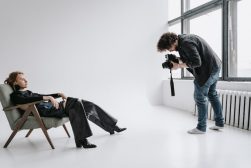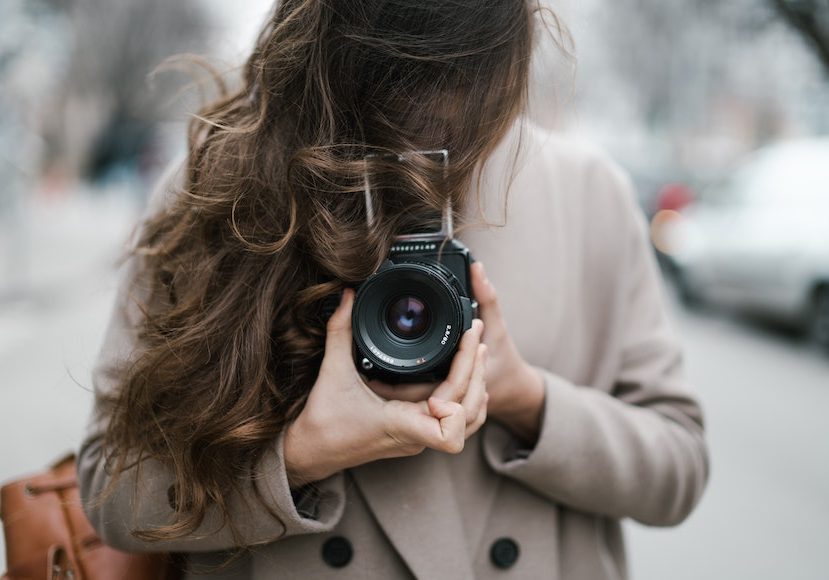
What are the Five Most Important Elements in Photography?
Out of all the various skills and variables that contribute to taking a great photo, these are the five most important elements of photography I've selected.
Learn | By Ana Mireles
Have you ever wondered what are the five most important elements in photography?
There are many factors that make a good photograph – one that makes it visually appealing and makes the viewer engage with it.
I distilled the five that I consider the most important.
In this article, I explain to you why these five elements are so important and how they impact the final result.
If you start considering these five elements, you’ll notice how your photographs start to improve and you’ll be able to find a creative style.
Keep on reading to find out more.
Table of Contents
Intention
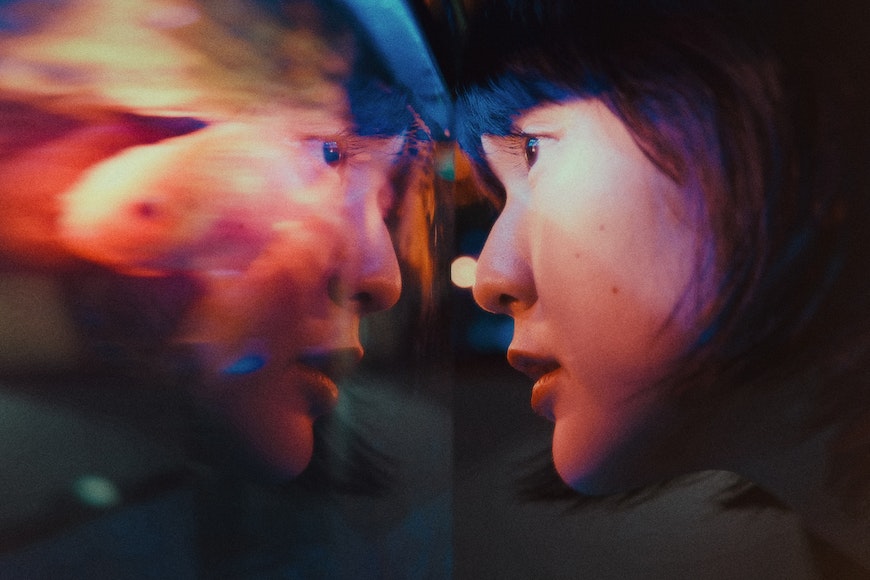
Credit: Khoa Vo
You can call this element storytelling, picking the right subject, shooting at the perfect moment, etc. To me, it gathers all of these concepts and I call it intention.
What is the intention behind the photo? What do you want to say with it? Or, what do you want the viewer to feel? In short, why are you taking this photograph in this way?
I start with this element because I consider it to be the most important one. All the other technical elements need to revolve around this one.
Every other decision that you make, from the camera settings to post-production is there to help you communicate your message and share your vision.
If you ask five people to represent happiness in a photograph, they will all come back with a completely different image. It doesn’t even need to be that deep. Simply ask them to take a portrait of the same model.
Some of them will work in the studio, others will go on location. Some will make a close-up and others will make a full-body shot. Each one will light and dress the model differently.
That’s because each person will have a different idea in mind that they want to portray. That’s the intention behind the photo, and that’s what makes a photograph different from a simple snapshot – the thought you put into it.
Light
As you know, photography means writing with light. So, light is the element you use to create your photograph. However with photography, light is so much more than a requirement – it’s a creative tool.
There are many factors that influence the light in a scene. Here are the three basic ones.
Quality
You’ve probably heard the terms hard light and soft light. The most important difference between these two types of lights is the shadows they create.
Hard lighting creates dark shadows with well-defined edges. There’s also a more intense contrast because there isn’t a long transition between the highlights and the shadows.
Soft light has a smooth transition between the darkest and the lightest areas because the shadows have blurred edges. Also, the darkest shadow is never as dark as it would be with a hard light.
It also doesn’t create hard light spots as creating concentrated areas of highlights.
You can influence the quality of light with the size of the light source, the distance, and using light modifiers. Of course, there isn’t just hard or soft light – many photographs use something in between.
The size of the light source is important because smaller lights create harder light. The distance is because placing the light further away from the subject, you’ll get softer light.
Last but not least, the light modifiers. There’s a whole range of accessories that help you achieve the quality of light that you need.
Directionality
The direction in which the light is hitting the subject is another key element.
When you were a kid and went camping or attended a slumber party, did you put the lamp under your face to tell a scary story? Since then, you know the importance of light directionality to create a mood.
The direction of the light can also influence how we perceive the shape of the subject. For example, when you’re photographing models with round faces, you’ll place the light to the side to make them look slimmer in pictures.
Another thing that you can control is the size and direction of the shadows. When you place the light source at a lower angle, the shadows will be long and to the side. As you raise the angle, the shadow will be shorter.
Temperature
The color temperature refers to the color of the light. I’m sure you’ve heard about the blue hour or the golden hour. Those terms come from the color temperature of the light.
The blue hour has a colder temperature offering blueish tones. Instead, the golden hour has warmer, yellow colors. This doesn’t just apply to natural light. The color temperature is different whether you use LED light, flashes, tungsten, etc.
Have you ever tried candlelight photography? The tones are deep orange – almost red. Instead, using table lamps you’ll get a deep yellow light, while using camera flashes gives you a more ‘neutral’ light.
You can control the color temperature not just by choosing the type of light, but changing the white balance of your camera or using filters. Of course, it’s also possible to adjust it in post-production.
Composition
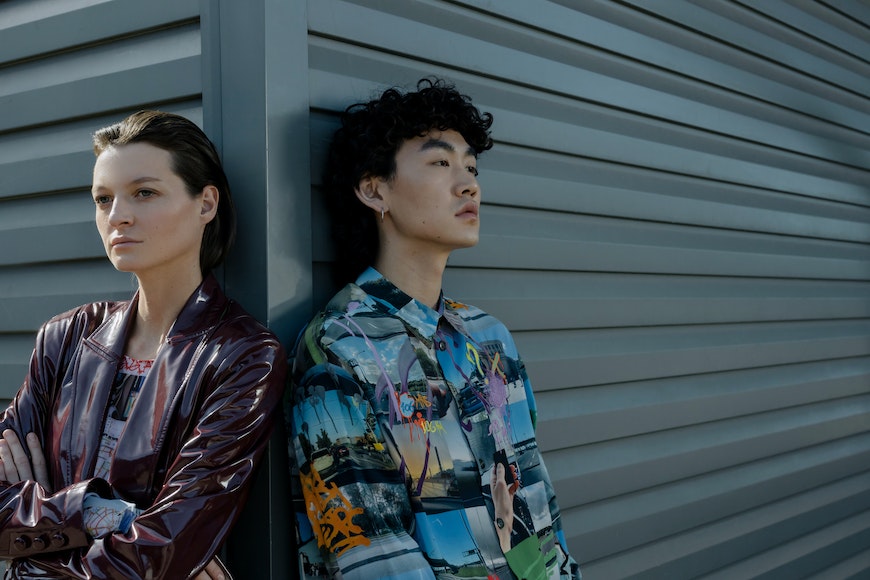
Credit: Cottonbro Studio
Composition in photography refers to the way you arrange the elements inside the frame. It’s also related to the type of shot and where you crop.
Using composition guidelines, you can make your image more visually appealing. However, composition is not just an aesthetic decision, it also helps you to tell a story.
The way you compose your image unconsciously guides the viewer – it tells them what’s most important and how to navigate through the frame. It can also imply the relationship between the objects present in the scene.
By changing your perspective or point of view, you’re also affecting the composition of your picture. There are many guidelines that can help you compose your photographs.
When you combine two or three, you get visually interesting results. Then, the viewer will spend more time looking at it and connecting with what you wanted to show.
Color
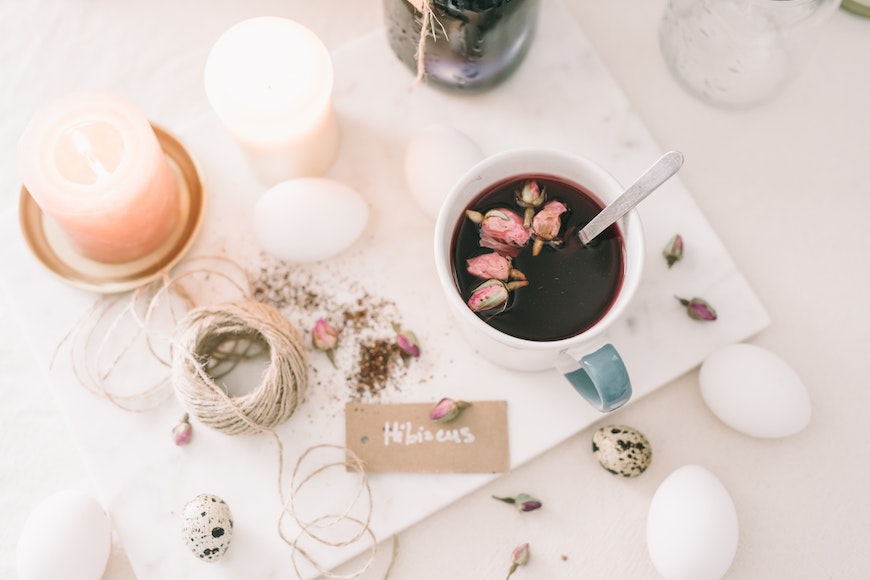
Credit: Leloo The First
Color is very important in photography – well, in everyday life.
When you’re buying clothes, you choose the ones that make you look good. You choose colors that highlight your eyes or your skin tone.
Also, you choose and build an outfit based on a situation or a social context. For example, fashion experts recommend wearing navy or grey to an interview because it projects your analytical and logical side.
To top it all, color has cultural implications too. Think about a wedding – in the US, a bride traditionally wears white while in China they often wear red.
The same happens at funerals – many countries prefer wearing black, while Chinese, Hindi, and Muslims often consider white to be the color of mourning.
The color theory goes all the way back to the fifteenth century. However, the psychology of colors started long before. The Egyptians already used color to affect the mood and used them for holistic purposes.
Color has been studied and used by great masters of art such as Leonardo da Vinci. To this day, there are several artists well-known for their use of color.
The first one that comes to mind is Wes Andreson. His films have a very specific aesthetic, and a big part of it is the use of color palettes.
Many photographers – amateur and professionals try to emulate the Wes Anderson style. Accidentally Wes Anderson is a recently published book that compiles these images. This book comes from an Instagram account by the same name.
The impact of color is also commonly used in marketing. Have you ever wondered why Mcdonald’s logo is red and yellow? Because red stimulates the appetite and yellow is associated with joy.
So, think carefully about the color palette you want to use in your photographs. The choice will help you to deliver a very specific message.
There are many tools, such as Adobe Color that help you stay up to date with current trends, gather inspiration based on concepts, and allow you to create color harmonies of your own.
Editing
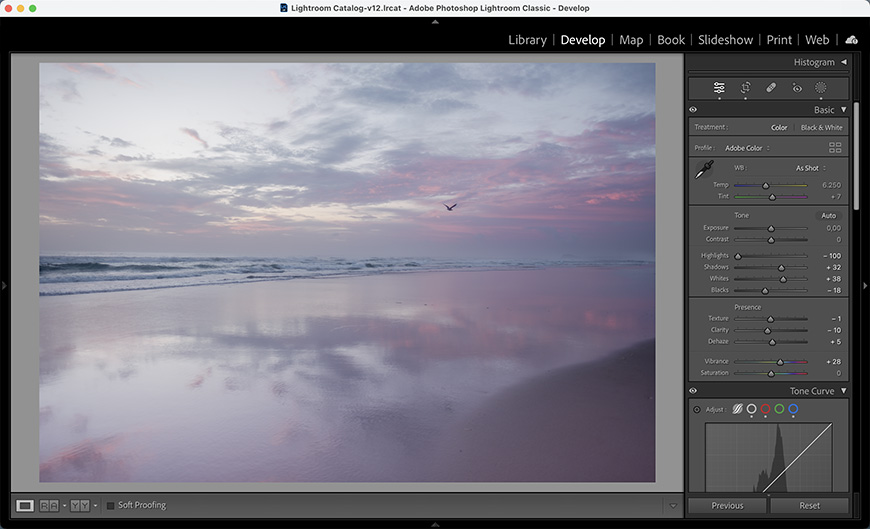
Credit: Shotkit “138 Free RAW Photos & Files”
Editing is the last step of the process in digital photography and it’s one of the most essential elements.
I highly recommend that you shoot in raw format. If so, this part is like developing a film roll. In post-processing, you can make color and light adjustments with pixel precision.
You can also add your own aesthetic using techniques like color grading or you can convert a color image into a grayscale one.
There are other techniques that allow you to do things that would be impossible otherwise, such as HDR or focus stacking. You can do retouching and photo composites that are only limited by your imagination.
This is why I consider editing one of the five most important elements in photography.







